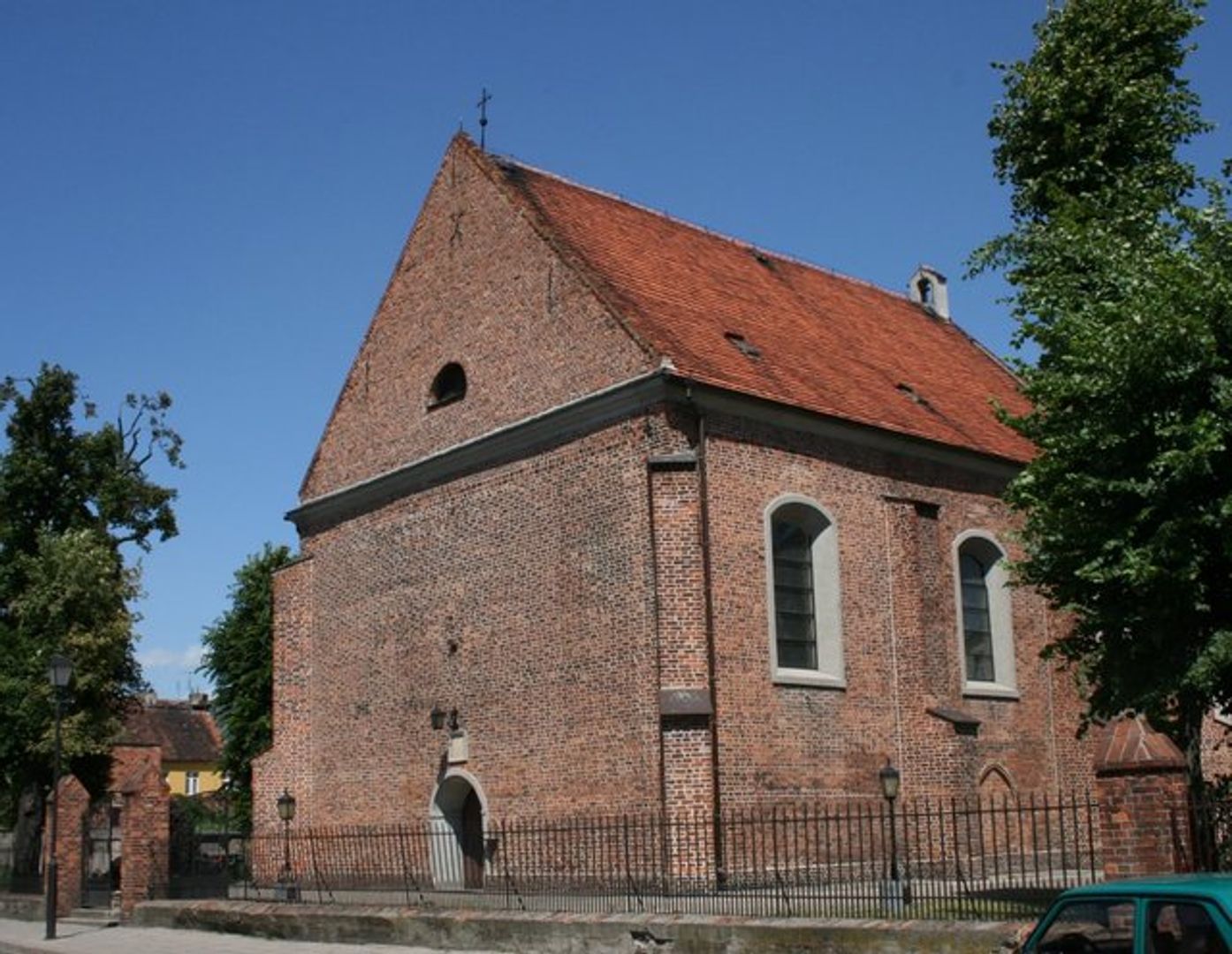Church of the Holy Apostles Peter and Paul in Kostrzyn
6.28

Overview
The Church of St. Apostles Peter and Paul in Kostrzyn is a late Gothic structure erected in the first half of the 16th century thanks to the Gniezno Poor Clares and the support of Polish kings. The parish covers the central and northwestern part of Kostrzyn and belongs to the Archdiocese of Poznań. The historical roots of the church date back to the Middle Ages, with earlier buildings on this site existing since the 11th/12th century. The church underwent numerous reconstructions, especially during the difficult periods of the 17th and 18th centuries and the Prussian era (1793–1918). After World War II, in January 1945, the church was reopened following its closure by the Nazis.
Built on a rectangular plan with a chancel facing east, the church is masonry-built and lacks a basement, with façades made of red brick. It features two entrances and numerous commemorative plaques. The interior of the church blends architectural styles: Gothic, Renaissance, and Baroque. It houses six altars, with the main 18th-century altar adorned with a painting of the patron saints, Peter and Paul. The chancel contains rich polychromes, including depictions of the Last Judgment, as well as a 16th-century sacrament house and a baptismal font. The 18th-century pulpit and wooden altars showcase the diversity of architectural styles. An interesting feature is the canopy above the pulpit and paintings of renowned religious figures hanging on the walls. The church also has galleries with 19th-century organs, emphasizing its religious and cultural function. Not only does the church serve as a place of worship, but it also stands as a testament to the rich history and traditions of the local community.
Location
2025 Wizytor | All Rights Reserved